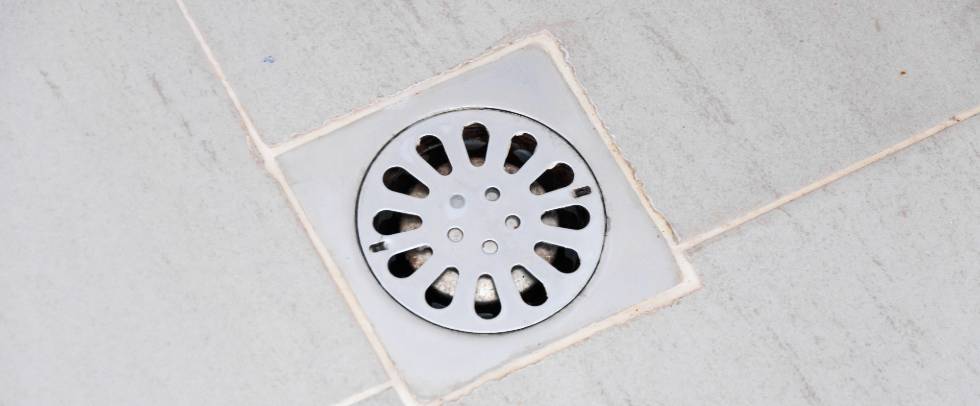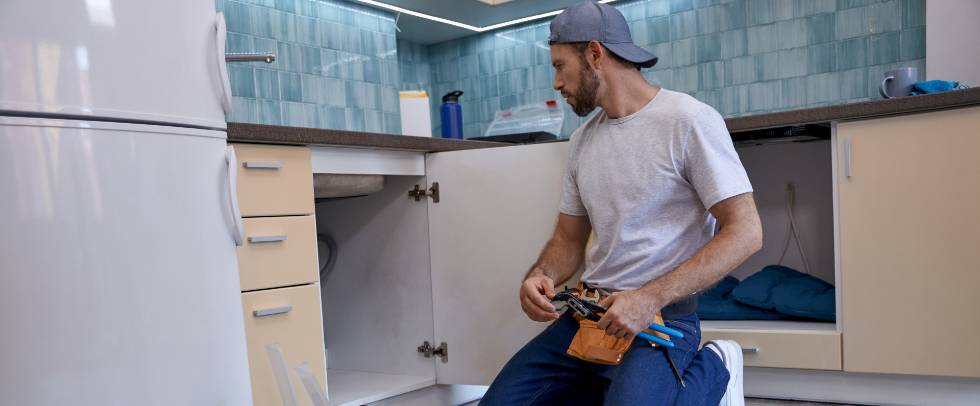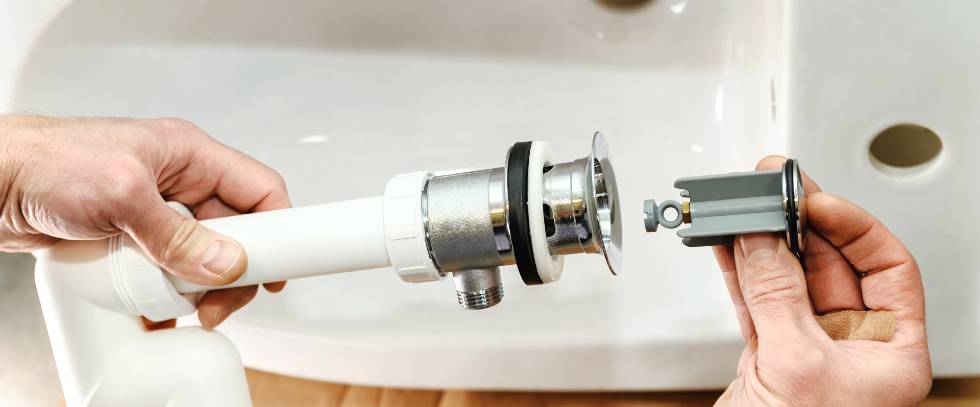Has your shower drain been draining slower than usual? Are there new puddles in your basement? Have you seen an unexplainable increase in your water bill?
If so, you may be facing a drain problem.
Unfortunately, fixing the issue may not be something you can do on your own. Instead, you may need to hire a licensed plumber to help.

However, you can start troubleshooting drain problems on your own. This can give you an idea of what the issue is and what you need to do to address it.
- Start with the Drain Basics
- Visual Drain Inspection
- Look For Issues Elsewhere
- Use Your Ears and Nose
- Take Care of Small Problems
- Start Troubleshooting Drain Problems
Start with the Drain Basics
Understanding your home’s plumbing system is crucial to troubleshooting any drain problems. Everything is interconnected, meaning a small leak can lead to a much bigger problem.
Because of this, you should be able to find the main water supply valve for your home and shut it off to prevent further issues. Usually, this is along a wall in your basement. You can ask your plumber to help if you are unsure where it is.
There may be a couple of valves. Usually, the main shutoff is the first valve.
Rotate the handle clockwise until the water stops flowing. You should be able to hear when this happens.
Visual Drain Inspection
Before you do anything dramatic or complicated, it is important to take a look at the problem. Examine the drain that is experiencing issues and see if there is anything obvious that could be the culprit.
In some cases, the problem will be simple. If the clogged drain is due to hair or other debris, you may be able to remove it yourself. Drain cleaning is a simple and effective solution in some situations.
In other cases, the problem will be more complex. For example, there may be hair deep in the drain, or you may even notice that a tree root is growing in the pipes. In these cases, you probably won’t be able to do anything on your own, but you will know what the issue is.
Knowing the issue can be a great first step. This way, when you reach out to a professional, you can give them a good place to start.

Look for Issues Elsewhere
Each element of your house’s plumbing is part of a larger system. If you are experiencing slow drains in one part of the house, the problem may stem entirely from another part of the house. Your house’s drain pipes connect more elements than you may initially think.
Look around to see if water is leaking elsewhere. A water leak is occasionally obvious and will be seen as a puddle of water on the floor. However, in other cases, it is less obvious and will appear as a water stain on a wall instead.
You should also check to see if there are issues with any of your other water fixtures. If you have a problem with your shower drains, make sure to check your sink drains, too; if you have a water pressure issue in the bathroom, make sure to check it in the kitchen too.
Use Your Ears and Nose
Many plumbing issues are visible. For example, you will be able to see if water is not draining from a clogged sink. However, other issues are deeper and may not be as obvious.
Some issues may be heard rather than seen. Gurgling water or weird noises coming from the drain are signs that something is wrong. If your plumbing suddenly starts making noise that is unusual, it is worth looking into.
This is especially the case if you hear water trickling when it shouldn’t. This may be a sign that there is a leak somewhere in your drain line. Even if all you hear is a slight dripping noise, it is worth checking out.
In some cases, you will be able to smell a problem before you even realize anything is wrong. In many cases, a sewer line is directly connected to your home’s plumbing. If there is a problem with the plumbing, smells from this sewer line may enter your home.
Bad smells may also come from pipes or drains that aren’t working effectively. This can leave food particles or rancid water rotting in your system. In either case, it is an issue that should be addressed earlier so it doesn’t become a larger problem later.

Take Care of Small Problems
Once you’ve figured out where the problem is coming from, you may be able to take care of it.
For example, clogged drains may only require a simple fix. When you shower, hair falls out and can build up in your drain.
While you may want to start with a liquid drain cleaner, this is actually something to avoid. These cleaners have chemicals that can hurt your plumbing system. Luckily, all you may need is a drain snake to pull out the debris that’s blocking your pipe.
There may be other small problems you can quickly solve. Knowing the correct way to take care of them can save you hassle later.
If your problem is more severe or is outside your wheelhouse, schedule an appointment with your local plumber. They’ll be able to take care of it for you.
Start Troubleshooting Drain Problems
Troubleshooting drain problems can help you get a head start on fixing these problems. If the issue is small, you may be able to take care of it yourself. But, if you need to call the plumber for help, you’ll be able to explain exactly what’s going on and make the fix much smoother.
Contact your local Licensed Denver plumber, JD’s Plumbing, to take care of your plumbing problem.





